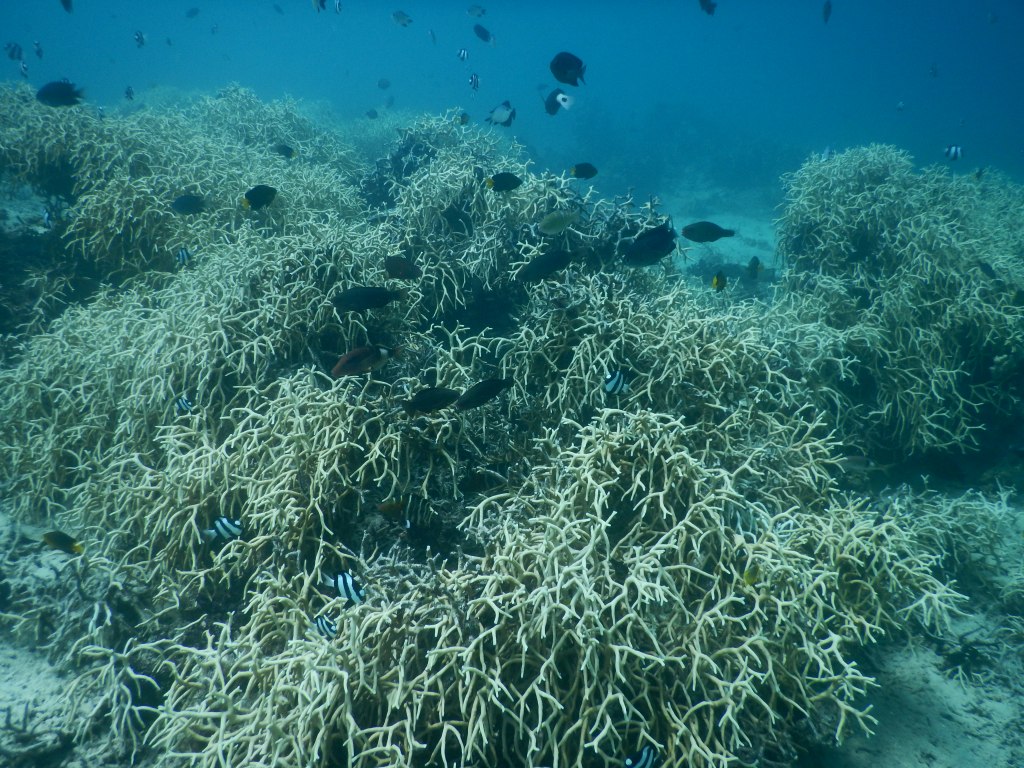In October, project activities included monitoring the coral reef habitats within the Vava’u Archipelago, with this the 5th consecutive year following on from the “Rapid Assessment of Biodiversity of Vava’u (BioRAP)” in 2014 through Government of Tonga and Secretariat of the Pacific Regional Environmental Programme (SPREP).
Coral reefs worldwide are under immense threats and pressures to survive and provide the critical habitats for biodiversity and the resource benefits that humans gain. Long term impacts from overfishing, habitat destruction, pollution and climate change need to be addressed both globally and locally, of which the team here can advocate and expand upon through communities and supporting management and policy activities.
The team of marine researchers from the Department of Environment (DoE) and VEPA are currently identifying and monitoring ongoing changes to the near-shore coral reef habitats. The replicated sites include inner harbour, channel islands and reefs and outer islands, 7 sites are from the BioRAp in 2014.

Vava’u was once known for its pristine reefs and abundance of reef fish and invertebrates however has taken a downward spiral in coral reef health and species dynamics over the last 30-40 years impacting upon biodiversity and livelihood security.
Why? A common question about the reef status but the answer is not an easy statement or clear single issue, in fact its decades of compounded issues from coastal development to fishing pressure, unsustainable practices to climate change, Crown of Thorns (‘Alamea), pollution and sedimentation (see there is sadly a lot going on!) but which one occurred when and which is having the biggest ongoing impact.

Coral providing refuge and food for reef fish 
Lomu! Yeah! 
‘Alamea 
Surgeonfish with parasites
Looking to the future and resilience of the coral reef habitats is important, identifying on going impacts that adaptable management can undertake and reduce is one step to seeing how the reefs will survive and the hope that they thrive in the future.
Management programs such as marine protected areas and special management areas (community based fisheries management areas) play a vital role in the future of marine habitats and marine biodiversity and the outcomes of developing shared monitoring and governance roles will also aim to ensure ownership is transferred and beneficial to multiple sectors and stakeholders.

Yet, the photo above is one that gives VEPA great hope for the future, the growth of researchers in country, committed not just through research but the very core of ensuring that ownership is passed between generations.
The 2020 annual research and monitoring was supported by the Strengthening Protected Area Management (SPAM), Italian Ministry of Environment, Land and Sea under Department of Environment (MEIDECC).
Leave a comment